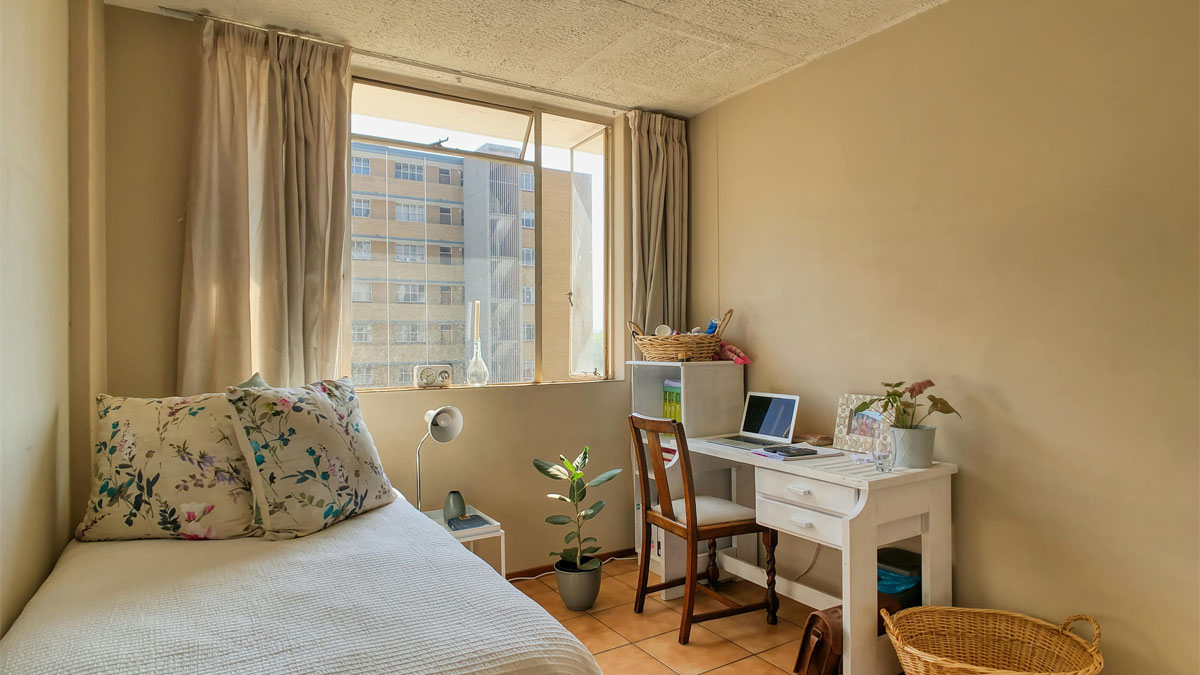When searching for a new place to call home, comparing rent prices for one-bedroom apartments is crucial. Understanding the factors that influence rental costs and knowing where to look can help you find the best deals. This guide will provide an in-depth comparison of rent prices for one-bedroom apartments in various cities, factors affecting these prices, and tips for finding affordable options.
Factors Influencing Rent Prices
Several factors contribute to the rent prices of one-bedroom apartments. Understanding these can help you make informed decisions:
- Location: Rent prices vary significantly depending on the city and neighborhood. Urban areas and desirable neighborhoods tend to have higher rents compared to suburban or less sought-after areas.
- Amenities: Apartments with modern amenities such as gyms, pools, and in-unit laundry often command higher rents.
- Proximity to Public Transportation: Apartments located near public transportation hubs are usually more expensive due to the convenience they offer.
- Building Age and Condition: Newer buildings with modern construction and updated features typically have higher rents than older buildings.
- Market Demand: In cities with high demand for rental properties, prices tend to be higher. Seasonal demand fluctuations can also impact rent prices.
- Size and Layout: The square footage and layout of a one-bedroom apartment can influence its rent. Larger units or those with more efficient layouts often cost more.
- Lease Terms: Shorter leases or month-to-month rentals may have higher monthly rates compared to longer-term leases.
Comparing Rent Prices Across Major Cities
To give you a better idea of rent prices, let’s compare one-bedroom apartment rents in various major cities across the United States:
- New York City, NY: Known for its high cost of living, the average rent for a one-bedroom apartment in NYC is around $3,500 per month. Prices can vary significantly depending on the borough and neighborhood.
- San Francisco, CA: Another expensive city, San Francisco’s average rent for a one-bedroom apartment is approximately $3,400 per month. The tech boom has driven up housing costs in this area.
- Los Angeles, CA: In LA, the average rent for a one-bedroom apartment is about $2,500 per month. Prices are higher in trendy neighborhoods like West Hollywood and Santa Monica.
- Chicago, IL: More affordable than the coastal cities, Chicago’s average rent for a one-bedroom apartment is around $1,800 per month. Rent prices vary between neighborhoods, with downtown being more expensive.
- Houston, TX: Known for its relatively low cost of living, the average rent for a one-bedroom apartment in Houston is about $1,200 per month. Suburban areas offer even lower prices.
- Miami, FL: In Miami, the average rent for a one-bedroom apartment is around $2,200 per month. Beachfront properties and trendy areas like Brickell are on the higher end.
- Atlanta, GA: The average rent for a one-bedroom apartment in Atlanta is about $1,600 per month. Prices vary by neighborhood, with midtown and downtown being more expensive.
- Denver, CO: In Denver, the average rent for a one-bedroom apartment is around $1,700 per month. The influx of new residents has driven up housing costs.
- Seattle, WA: The average rent for a one-bedroom apartment in Seattle is approximately $2,300 per month. Tech industry growth has significantly impacted rental prices.
- Austin, TX: Known for its booming tech scene and vibrant culture, the average rent for a one-bedroom apartment in Austin is around $1,800 per month.
Tips for Finding Affordable One-Bedroom Apartments
- Expand Your Search Area
Consider looking in neighborhoods or suburbs that are a bit further from the city center. Often, you can find more affordable options without sacrificing too much on commute times or amenities.
- Use Multiple Search Platforms
Utilize various rental websites and apps to explore all available listings. Websites like Zillow, Apartments.com, Craigslist, and local real estate listings can provide a comprehensive view of the market.
- Negotiate the Rent
Don’t be afraid to negotiate with landlords. If you have a good rental history and stable income, you may be able to negotiate a lower rent or ask for additional perks, such as free parking or reduced security deposits.
- Look for Rent Specials
Many landlords offer promotions to attract tenants, such as discounted rent for the first month, waived application fees, or reduced security deposits. Keep an eye out for these deals when searching for apartments.
- Consider Older Buildings
While new buildings offer modern amenities, older buildings can be more affordable and have unique charm. Just make sure to check the condition of the unit and any maintenance issues before committing.
- Be Ready to Move Quickly
When you find a good deal, be prepared to act fast. Have all your necessary documents ready, such as proof of income, rental history, and references. Being prepared can give you an edge over other applicants and help you secure the apartment before it’s gone.
- Consider Roommates
If you’re open to it, sharing a larger apartment with roommates can significantly reduce your rent. Look for two-bedroom or larger units and split the cost with a roommate to save money.
Additional Considerations
When comparing rent prices, it’s essential to consider the overall cost of living in each city. This includes factors such as groceries, transportation, utilities, and entertainment. A city with higher rent prices may have other cost-saving benefits, such as lower transportation costs or cheaper groceries.
Conclusion
Comparing rent prices for one-bedroom apartments is a crucial step in finding the perfect place to live within your budget. By considering various factors, using multiple resources, and being prepared to negotiate, you can find an affordable and comfortable one-bedroom apartment in your desired location. Remember to consider the overall cost of living in each city and stay flexible with your options.

